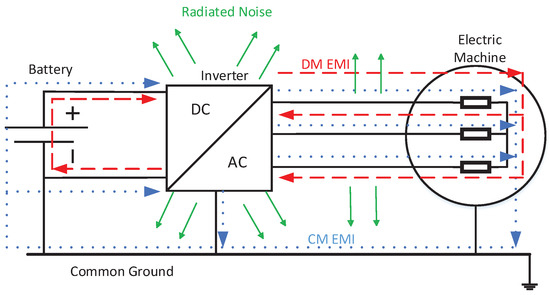

The ATI's super-capacitor technology is based on a material called Polyaniline (PANI), which stores energy through a mechanism known as "pseudocapacitance." This cheap polymer material is conductive and can be used as the electrode in a super-capacitor device. The team also believe their technology can help push forward the advancement of wind, wave and solar energy by smoothing out the intermittent nature of the energy sources. Under Analysis – Setup, choose Transient, and simulate theĬircuit.In a paper published by the journal Energy and Environmental Materials, researchers from Surrey's Advanced Technology Institute (ATI) revealed their new technology which has the potential to revolutionise energy use in electric vehicles and reduce renewable based energy loss in the national grid. Source, and enter the shape of the source voltage:Ġ V at 99.9 ns to 5 V at 100 ns, then from 5 V at 200 ns to 0 V at 200.1Ġ.1 ns rise time. Input voltage source to a VPWL (piece-wise In the Graph window, choose Trace – Add Trace, and add V( R1:1), the voltage at the load resistor:Īnd we have the voltage transfer function for the Sweep source V2 from 0V to 5V at 0.01V increments: MOSFET models are located in the breakout.slb library, under the names Mbreakn (NMOS) and MbreakpĪnd enter appropriate values for the parameters. You can edit the transistor model if you wantĪnd the frequency response shows the passband We find the specifications for the 2N2222 transistor:Īssumes the 2N2222 has a b of 255.9. Here is the schematic with the bias voltagesĢN2222 transistor, and its collector is connected to Node 2, its base to Node However, it is easier to go back to the Schematic program and select Analysis – Display Results on SchematicĪnd/or Enable Current Display.

The theoretical value is about (RLĬurrents, you can look at the ASCII output file. Gain of about 1.5 at a frequency of 1 kHz. Voltage is the voltage at the + terminal of V3, Since we’re interested in the gain of theĬircuit, we want to plot the output voltage divided by the input voltage. Will interpret this as milli (10 -3).) Now choose Analysis – Simulate and PSpice will run, In this case we will also select AC Sweep which will give the frequencyĬlick on AC Sweep to tell what frequency rangeįrequencies from 100 Hz to 1 MHz. Use the component VDC for DC power supplies, and VAC You canĬhange the value of a component by double-clicking on the component value, andĬomponents together by placing wires – DrawĪn analog ground ( AGND). Object by clicking on it to highlight it, then use Edit – Rotate (or Ctrl-R). Need a component of the same type as one you have already placed, you can use Select the part you want and place it on the Things such as voltage sources will be in analog.slb. If the part you want is not on the list, tryĪnother library – parts such as transistors will probably be in eval.slb, while Which will allow you to select pats from libraries. The Draw drop-down menu, and select Get new part (or use the shortcut Start up you will get a screen which looks like this: Start with the PSpice Schematics program.
#How to add a capacitor to ground in power world simulator free#
PSpice provides a free student version of its program which User interfaces for Spice, which make it much easier to use. Several companies have developed graphical Intuitive to use because the input is an ASCII file rather than a circuitĭiagram, and the output is another ASCII file rather than a graph. Spice does the circuit analysis and puts out bias conditions, frequency response, and/or transient response. You then tell Spice what information you want

There is always a ground node, which is Number 0. In its original form you tell Spice whatĮlements are in the circuit (resistors, capacitors, etc.), and then enter theĬircuit diagram as an ASCII file showing what nodes each element is connected Program developed by the EE Department at the University of California at Berkeley for computer simulation of analog circuits.


 0 kommentar(er)
0 kommentar(er)
